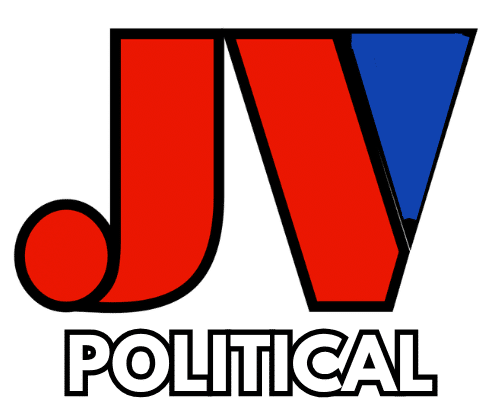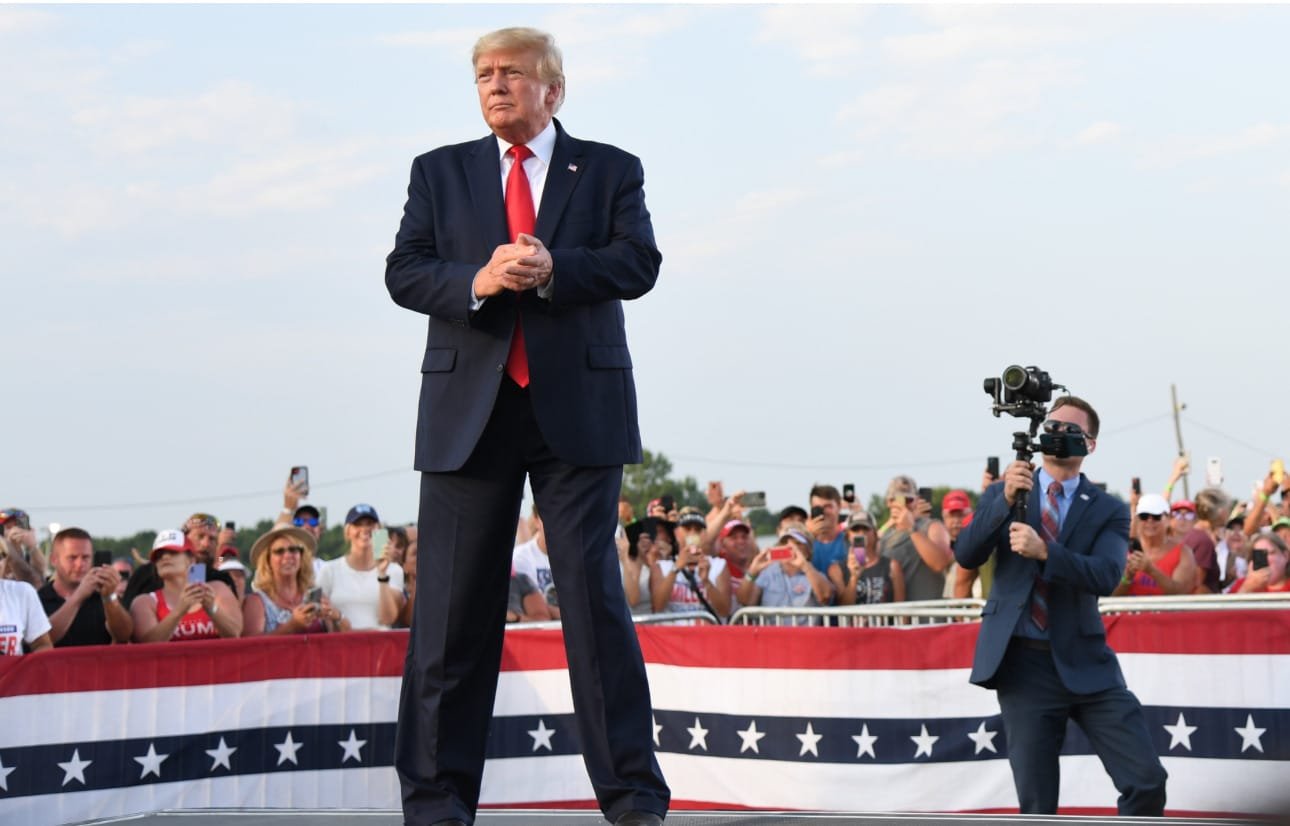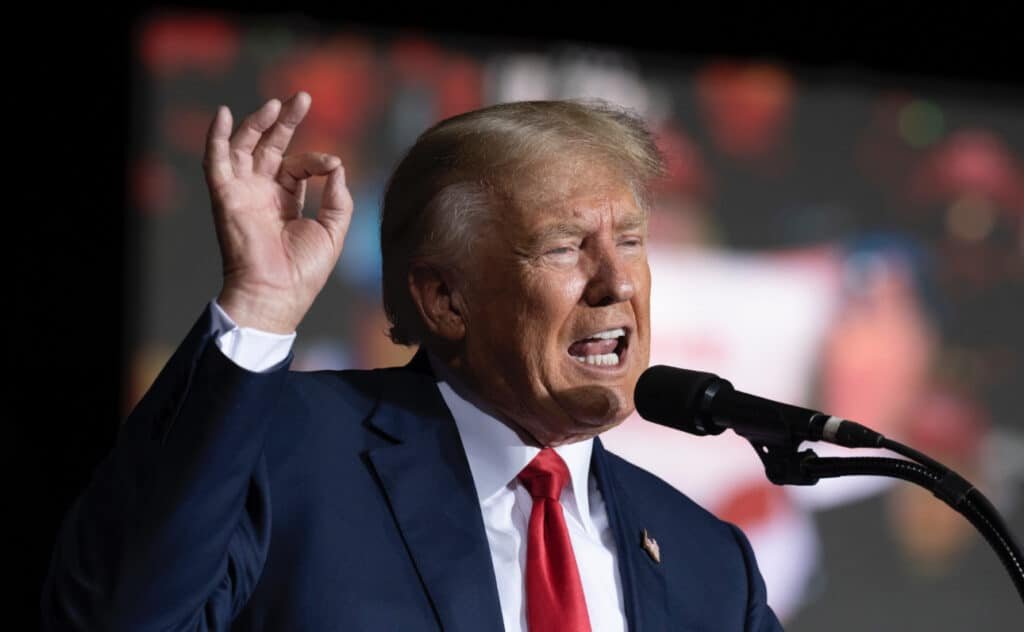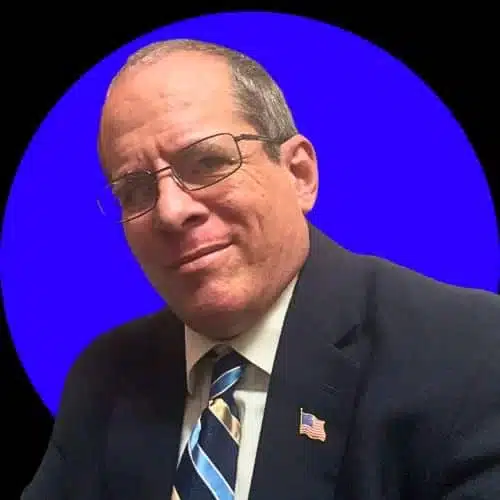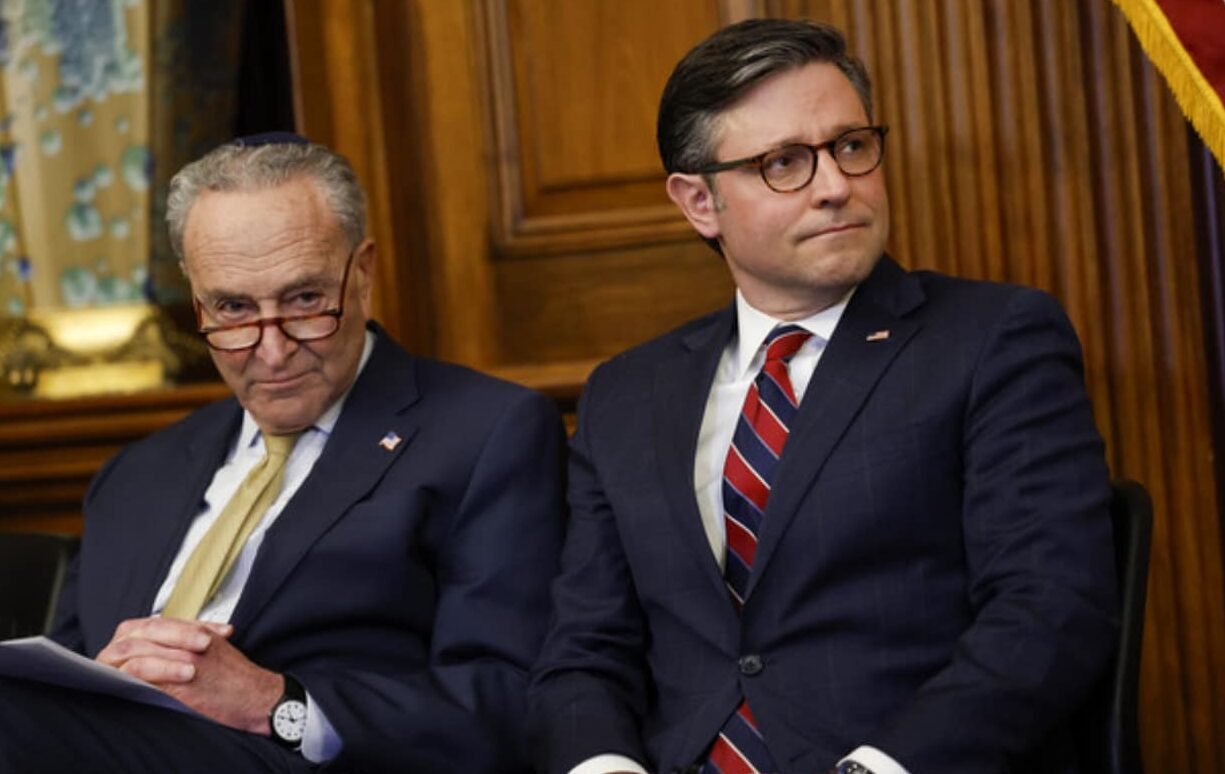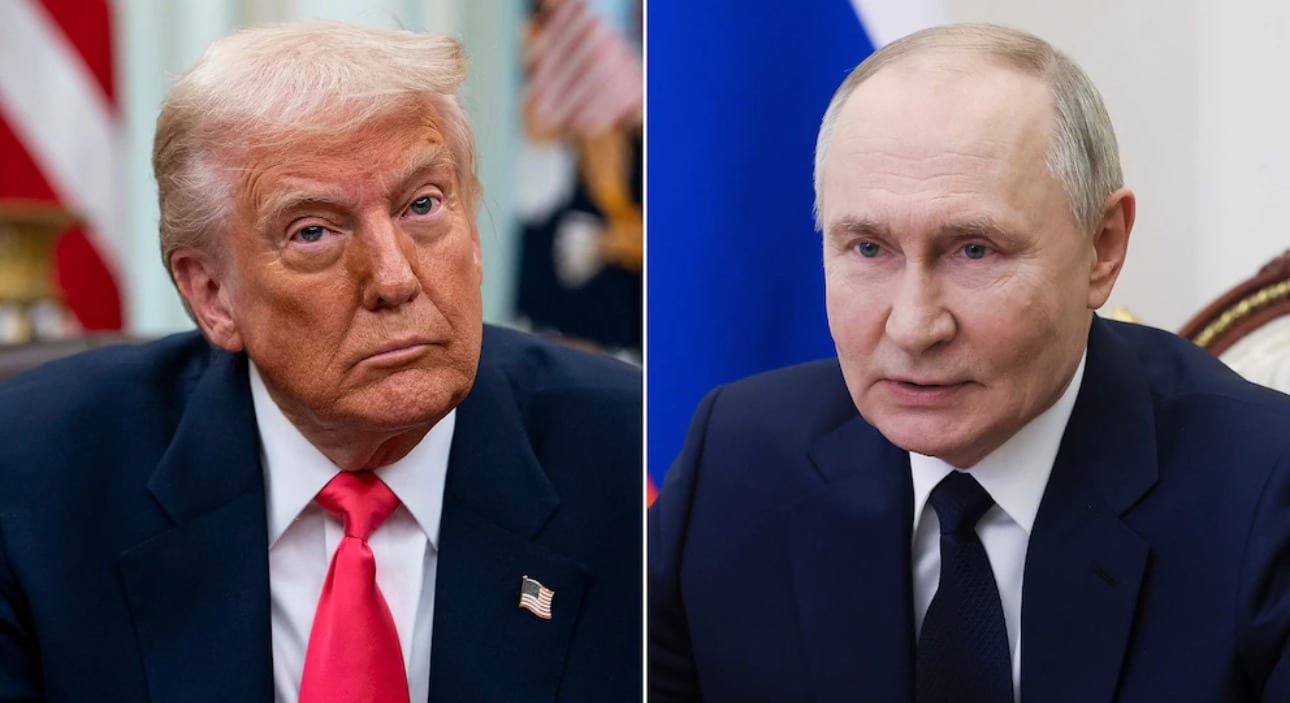How to Get Into Politics: Developing a Public Policy Agenda
Entering politics is a noble pursuit. It’s about serving the public good and making positive changes. For those thinking about a political career, it’s key to understand the importance of a public policy agenda. This agenda is not just a list of ideas. It’s a roadmap for your political journey.
Your political strategy should tackle big issues like education, healthcare, jobs, and transportation. By focusing on these areas, you lay the groundwork for effective policies. Remember, making real change takes time. The average policy takes years to implement, showing the need for persistence and dedication.
As we start this journey, we must see our role in policymaking as more than just advocacy. It’s about connecting with people, aligning our values with community needs, and creating policies that tackle today’s challenges. These policies should also reflect our American values.
Key Takeaways
- Understanding public policy is essential for anyone looking to enter politics.
- Effective political strategy focuses on developing a public policy agenda that addresses real-world issues.
- Policy implementation can take significant time—up to 10 years in some cases.
- Community engagement and stakeholder involvement are key for successful policy development.
- A well-defined policy agenda is the foundation for meaningful change in society.
Understanding the Political Landscape
In the world of governance, knowing about public policy is key. It’s about the decisions and actions of government to solve societal problems. Public policy is vital; it shapes our schools, healthcare, and immigration rules.
Each policy is a blueprint for solving problems that reflect the nation’s values and goals.
Defining Public Policy and Its Importance
Public policy guides government actions. It decides how resources are used and affects our daily lives. Without it, the government can’t meet people’s needs.
Good public policy leads to programs that improve community life and advance society. Knowing its value helps citizens talk to their leaders and fight for their rights.
The Role of Government Leadership in Public Policy
Government leaders are key in making public policy. They must balance different interests and keep policy goals in mind. Strong leadership leads to smart decisions and new solutions to big problems.
This leadership makes sure policies serve the public and uphold American values.
Key Actors in the Policy Development Process
The policy-making process involves many players. There are elected officials, civil servants, lobbyists, and citizens. Each brings their own views to shape policy.
Elected officials listen to people, while civil servants carry out laws. Lobbyists push for certain interests, showing how teamwork is needed in policy-making. Being part of this process lets us shape laws that impact our lives.
How to Get Into Politics: Developing a Public Policy Agenda
Starting your journey in politics means knowing what drives you and what issues you care about. It’s key to identify your policy interests first. This step helps you understand where your passions meet public needs. Knowing this helps you connect with people and communities.
Identifying Your Policy Interests
Every politician-to-be needs to find what policy interests them. These should match the hopes and worries of their community. Here are ways to find your policy interests:
- Think about your personal experiences and how they shape your views.
- Talk to community members to learn about their needs.
- Look into current policies and see if they work well.
Really focusing on policy interests helps your goals match what people want. This makes your advocacy stronger and more meaningful.
Aligning Personal Values with Political Goals
It’s important for leaders to align their personal values with their political goals. This makes your advocacy more believable. People want to vote for those who share their beliefs.
To align your values and goals:
- Think about your core beliefs and how they fit in politics.
- Find issues that match traditional American values.
- Make policy positions that reflect your community’s hopes and your own beliefs.
Linking personal values with political goals makes your message stronger. It helps you connect with voters on a deeper level. This approach supports the freedom and tradition that are key to American identity.
Engaging with Grassroots Politics
Grassroots politics is the heart of our democracy. It lets citizens shape public opinion and bring about change. By getting involved, we can voice our concerns and help govern our communities.
This involvement builds a sense of unity and responsiveness in our politics.
The Power of Community Engagement
Community engagement makes it easier for ideas to grow and for problems to be solved together. By supporting grassroots efforts, we uphold American values and encourage people to be active citizens. It also strengthens our democracy by making sure everyone’s voice is heard.
Building Relationships and Networks
Creating strong ties within our communities is key. New lawmakers need to connect with people, including their staff. Tools like FiscalNote help us reach out to them effectively.
CQ’s profiles give us insights into lawmakers’ voting and what they focus on. These connections help us make a bigger impact.
| Platform | Features |
|---|---|
| FiscalNote | Largest database of policymakers’ contacts, including staffers |
| CQ | Member profiles with voting history, priorities, and committee assignments |
| Knowlegis | Customizable mailing lists based on issue area, party, and voting record |
| PolicyNote+ | Visual mapping of organizational footprints in districts with metrics |
| Legislator Scorecards | Metrics including bills of focus, voting frequency, and timelines |
These tools help us keep track of what lawmakers do and inform our communities. By connecting and holding our representatives accountable, we make our voices heard. This way, we strengthen our democracy and bring about lasting change.
Crafting a Comprehensive Policy Agenda
Making a detailed policy agenda needs a clear plan. We use the policy cycle framework to guide us. It helps us go through stages like setting the agenda, making policies, putting them into action, and checking how they work.
This method helps turn good ideas into real solutions. These solutions meet the needs of our communities.
Utilizing the Policy Cycle Framework
The policy cycle framework is key for making good policies. Each step is important for well-researched and well-planned policies. From finding problems to checking results, it gives a clear path for policymakers.
This way, policies are not just made but also done right. It makes sure policies are fair and work well. It also brings together different voices, showing what the American people want.
Incorporating Stakeholder Input and Feedback
Good policy making includes listening to everyone involved. Working together makes policies better. By hearing from many people, we get policies that truly represent the people’s will.
This approach also makes policies stronger. It builds trust and makes everyone feel they’re part of the process.
| Stage of Policy Cycle | Description | Importance |
|---|---|---|
| Agenda-Setting | Identifying issues that require governmental action. | Prioritizes challenges needing resolution. |
| Policy Formulation | Developing possible solutions and strategies. | Ensures informed debates and discussions. |
| Implementation | Putting policies into practice through organizations. | Transforms ideas into real-world applications. |
| Evaluation | Checking how well policies work after they’re put into action. | Provides feedback for future policy cycles. |
Advocacy Strategies for Policy Development
To shape policy, we need strong advocacy strategies. These help us rally our community and talk to policymakers. Knowing how to engage politically is key. It lets us connect with people and start important discussions.
Leveraging Political Engagement Techniques
Using political engagement techniques helps us build strong community ties. We can hold meetings and town halls to listen to people’s worries. Social media also helps us spread the word and start conversations.
Running Effective Campaigns for Policy Support
Creating winning campaigns means having a clear, compelling message. It should reflect values like freedom and patriotism. By showing how policies benefit everyone, we can win support from many groups.
Building Coalitions and Alliances
Forming coalitions is vital for our advocacy work. Working with other groups means we can share resources and ideas. Together, we can make our voices louder and push for change more effectively.
| Advocacy Strategy | Description | Key Benefits |
|---|---|---|
| Community Engagement | Direct involvement of citizens through meetings and forums. | Increased awareness and local support. |
| Effective Campaigns | Well-crafted messaging that aligns with public values. | Greater mobilization and engagement effectiveness. |
| Coalition Building | Forming alliances with similar organizations. | Enhanced advocacy power and resource sharing. |
Conclusion
Creating a public policy agenda is more than just entering politics. It shows our commitment to civic duty and American values. It involves understanding the political world, connecting our beliefs to public service, and speaking up at the local level.
This effort is vital. It helps uphold freedom and fairness and shapes our country’s future. It’s about making a difference in our society.
The journey of political involvement is complex. It involves many ways to make an impact, like formal roles or influencing public discussions. By getting involved and working together, we make our democracy stronger.
Let’s work together to create policies that reflect our shared values. Through strong advocacy and active participation, we can protect our nation’s core values. And we can build a better future for all.
FAQ
What is a public policy agenda?
Why is developing a cohesive policy framework essential for political candidates?
Who plays a role in the public policy-making process?
How can grassroots politics influence public policy?
What is the policy cycle framework?
What strategies can be employed for effective policy advocacy?
Why is community engagement vital in policy development?
Source Links
- Public policy
- Ensuring Lawful Governance and Implementing the President’s “Department of Government Efficiency” Regulatory Initiative
- Public Policy Agenda 119th Congress (2025-2026)
- Top 10 Public Policy Issues of 2025 – Bloomberg Government
- Politics & Policy – Research and data from Pew Research Center
- An Agenda to Strengthen U.S. Democracy in the Age of AI
- Policy Agenda – Outdoor Industry Association
- How to Educate & Influence New Stakeholders
- Institutionalizing the Struggle for Black Political Representation: the Founding of the Joint Center for Political Studies – Joint Center
- Building Power in a Time of Crisis – Higher Ground Labs
- New Executive Orders Seek White House Control of Independent Federal Regulatory Agencies | Insight | Baker McKenzie
- Reconciliation is the key to unlocking Trump’s agenda. Here’s how it works
- 2025 NCRC Policy Agenda » NCRC
- Essentials of Policy Advocacy for Grantmakers – March 2025
- Public participation in policymaking: exploring and understanding impact
- First Steps for PhD Students in Understanding Policy Engagement – UPEN
- A political economy analysis of the legislative response to unhealthy food and beverage marketing in Chile, Canada and the UK – Globalization and Health
